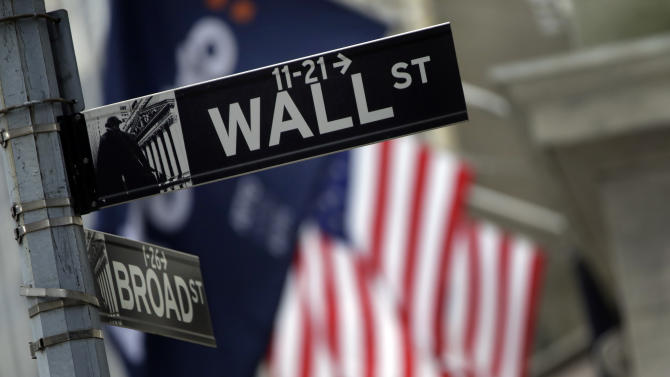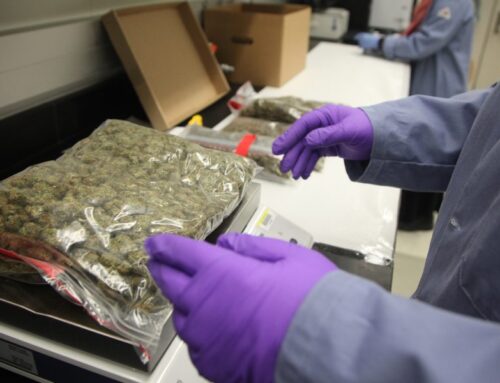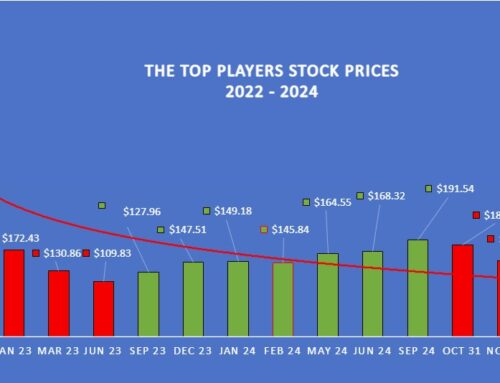Wall Street pares dramatic losses in turbulent action
August 24, 2015
Wall Street dropped on Monday in tumultuous action, but stocks managed to rebound sharply from much heavier losses.
The Dow Jones Industrial Average (^DJI) skidded 162.1 points, or 0.95%, to 16304.60, the S&P 500 (^GSPC) dropped 23.2 points, or 1.2%, to 1947.8, and the Nasdaq Composite (^IXIC) fell 27 points, or 0.6%, to 4678.5.
All three major U.S. market indexes hit correction territory, a 10% drop from a recent high. The latest round of selling comes on the heels of the worst week for the broad S&P 500 since 2011 that stripped more than $1 trillion in market value from U.S. equities.
Despite the intense selling, the markets actually bounced back substantially from the lows of the day within less than an hour of the opening bell. For example, the Nasdaq was recently down a little north of 1%, after diving as much as 8.8% earlier in the day.
Global equity markets faced selling across the board on the day. China’s volatile Shanghai Composite (000001.SS) crumbled 8.5%, wiping out its gains for the year, while Japan’s Nikkei 225 (^N225) tumbled 4.6%. The selling ricocheted across European bourses, sending the Euro Stoxx 50, a gauge of large-capitalization eurozone companies, sinking 5.7%. German’s DAX also tumbled into bear-market territory.
“The immediate driver of … (the) sharp global market selloff is two-fold: the lack of substantial policy announcements over the weekend, especially out of China; and the absence of good economic news,” wrote Mohamed El-Erian, chief economic adviser at Allianz, in an email interview with Yahoo Finance.
“Together, these two factors translate in the lack of an immediate circuit breaker. As such, markets are in the grips of (an) ugly deleveraging technical, with contagion and overshoots ruling.”
El-Erian also worries, long-term, about the global economy’s ability to “generate high, sustainable and inclusive growth.” He notes that in the absence of such a dynamic, “pockets of debt and leverage weigh down on economic potential, and central bank policies become less effective.”
Flight to safety
Traders took cover in a variety of safe-haven assets. The yield on the benchmark U.S. 10-year Treasury bond fell 0.06 percentage point to 1.988% — falling under the 2% mark for the first time since April. Bond yields move in the opposite direction of prices, so as traders bid-up the asset, yields fall. The Japanese yen, another global defensive play, advanced against the U.S. dollar and the euro.
Every major S&P 500 sector was in the red, led by economically-sensitive players, like financials and energy. Meanwhile, defensive stocks, like telecommunications and utilities were spared the brunt of the selling.
Commodities were under heavy pressure across the board, with the Bloomberg Commodity Index slumping to its lowest level since 1999. U.S. crude oil prices (CLV15.NYM) plummeted 3.5% to $39.02 a barrel, striking a fresh 2009 low. Brent crude (BZX15.NYM), the global benchmark, fell below the $45-a-barrel mark for the first time since 2009. Copper (HGQ15.CMX), seen as a bellwether for global economic conditions, skidded 2.8% to $2.24 a pound. Gold (GCU15.CMX) prices were little changed at $1,157.00 a troy ounce.
In a sign of the intensity of the selling, trade in S&P 500 and Nasdaq 100 futures was repeatedly halted early Monday after the contracts hit the 5% overnight limit. NYSE also invoked so-called “Rule 48,” which is used in times of high volatility to smooth the open of trade.
‘Interesting opportunities’
Still, despite the grim scene across global equity markets, many market participants see opportunities for those willing to ride out the storm.
Analysts at Bank of America Merrill Lynch note pullbacks of 5% or more occur three times a year on average, “and we were overdue.” The team, however, suggests looking for “quality” names to scoop up at a discount.
“Quality is the best hedge against rising volatility, and is currently undervalued and underowned by active managers,” the Merrill Lynch team wrote in a research note on Monday.
Indeed, El-Erian echoed that sentiment, noting, “this sharp downturn will eventually create interesting opportunities for investors.”
Peter Kenny, chief market strategist at Clearpool Group, agreed as well, saying in a letter to clients Monday the he remains “positive” on U.S. equities overall.
“Great stocks get sold, and in some cases punished, not because of their lack of value but simply because the trend line for the broader market has faltered,” he wrote.
Delayed liftoff?
The recent bout of market turbulence also has many market observers paring back expectations for when the Federal Reserve will hike interest rates from historic lows. Up until a couple of weeks ago, the consensus among many on Wall Street was the the Fed would boost rates in September.
However, renewed turbulence, particularly in emerging-market currencies, is igniting fresh doubts.
“It is now a lot harder for the Fed to hike in September. The window for starting the interest rate normalization process, which was wide open a few months ago, is now closing,” Allianz’s El-Erian said.
Barclays also pushed its call for the first rate hike since 2006 to March 2016, from September of this year.
Search
RECENT PRESS RELEASES
Related Post






